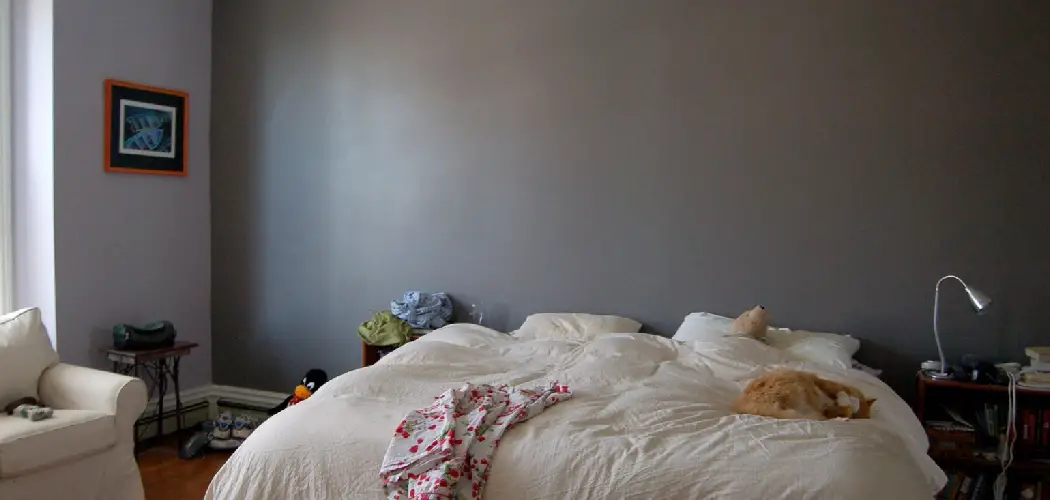While gray is often chosen for its neutrality and versatility, it can sometimes make a room feel cold or uninviting. Fortunately, there are several strategies you can employ to infuse warmth and comfort into a gray room without sacrificing its sophisticated appeal. Whether through the careful selection of accent colors, the addition of textured furnishings, or the incorporation of natural elements, creating a cozier and more welcoming ambiance is easily achievable. This guide will explore how to warm up a gray room.
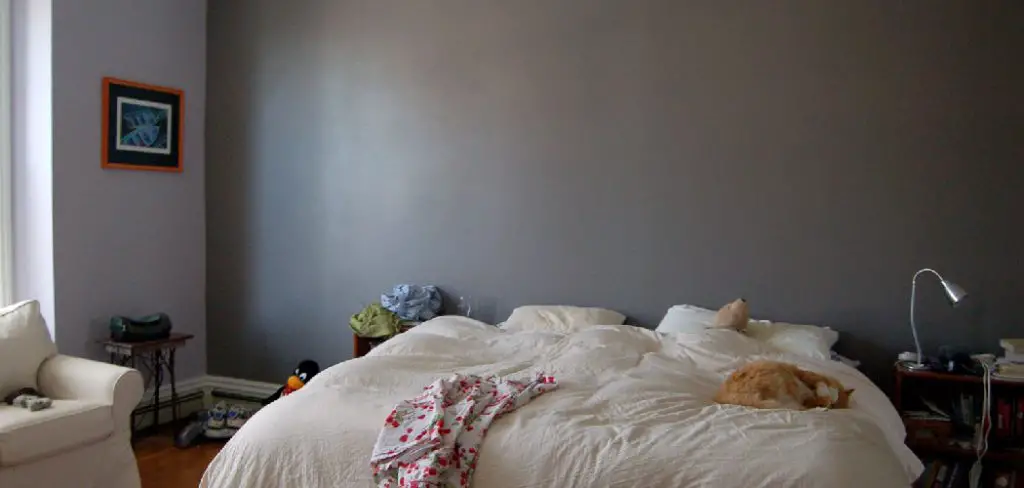
Why Gray Rooms Can Feel Cold
Gray rooms can often feel cold due to the neutral and muted nature of the color. Unlike warmer hues, such as yellows or reds, gray lacks inherent warmth and vibrancy. This can result in spaces that appear stark or sterile, especially if the lighting is not adequately warm. Additionally, gray can absorb natural light rather than reflect it, which may further diminish the sense of warmth and coziness in a room.
In minimalist settings, where decoration is sparse, a predominantly gray color scheme can also highlight this sense of coolness, making the space feel less inviting. Understanding these aspects of gray can help in finding ways to balance its elegance with a more comforting atmosphere.
The Visual and Psychological Effects of Gray Tones
Gray tones, in their myriad shades, have distinct visual and psychological effects that can influence the atmosphere and mood of a space. Visually, gray is a neutral color that provides a backdrop for other colors to stand out, allowing for bold accent pieces or artwork to take center stage. Its versatility means it can create a serene and understated elegance or a modern and industrial feel, depending on the context and how it’s used. Psychologically, gray evokes feelings of balance and calm, often associated with stability and sophistication.
However, it can also be perceived as passive or uninspiring if not complemented by other elements in a room. The subtle nuances of different gray shades can therefore significantly impact overall ambiance, affecting everything from energy levels to emotive responses in occupants. Understanding these aspects can enable more intentional design choices that harmonize the inherent qualities of gray with the desired emotional tenor of a space.

10 Methods How to Warm up a Gray Room
1. Add Warm-Toned Accent Colors
One of the most effective ways to warm up a gray room is by introducing warm-toned accent colors. Gray, by nature, is neutral and versatile, making it the perfect backdrop for bolder shades. To balance out the coolness of gray, you can introduce colors such as burnt orange, mustard yellow, rust, or terracotta. These tones evoke warmth, especially when used in throw pillows, rugs, or artwork. You might choose a statement chair upholstered in a rich color or decorate with vibrant cushions that create a sense of coziness.
Even small touches like amber glass vases or copper accents can elevate the warmth and infuse energy into the space. Pairing gray with these rich hues creates an inviting environment while still maintaining the elegant, calm undertone that gray naturally brings to a room.
2. Incorporate Textural Elements
Texture can add warmth and depth to any space, particularly in a room dominated by cool tones. A smooth gray wall or sleek furniture might feel too sterile if there aren’t enough layers to soften the overall aesthetic. To warm up the space, introduce materials like chunky knit throws, velvet cushions, or woven rugs. Consider draping a faux fur blanket over a sofa or adding a soft wool area rug to contrast with hard flooring.
Wood is another great textural element; wood furnishings or decor pieces bring warmth and a natural quality that contrasts beautifully with gray. Even something as simple as a basket made of natural fibers or a clay pottery piece can add tactile interest and make the space feel more grounded and inviting.
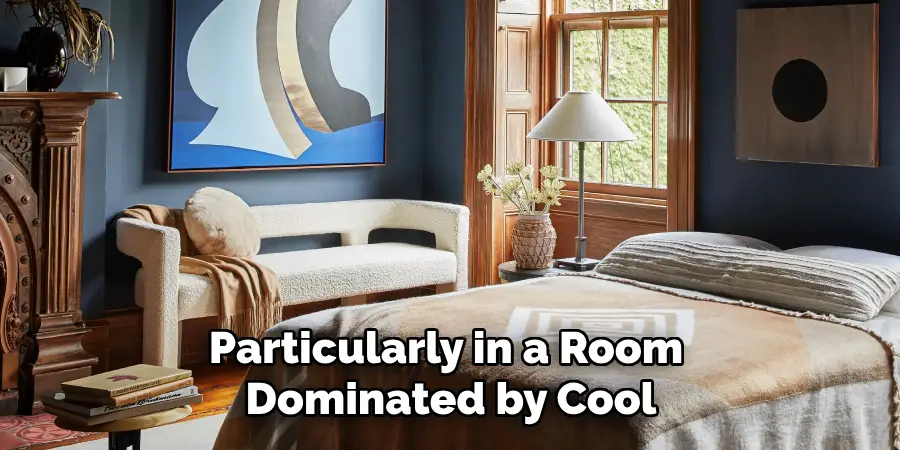
3. Use Warm Metallic Accents
Metallic accents, particularly those in warmer shades, can elevate a gray room by adding both warmth and sophistication. Gold, brass, and copper tones create an elegant contrast against gray’s cool undertones. You could opt for light fixtures in brass, picture frames in gold, or even a coffee table with bronze legs. Metallics reflect light in a way that brings a certain glow and coziness to a room, breaking the monotony of the gray color palette.
Mirrors framed in gold or brass can also double down on this effect, amplifying the light and creating an illusion of warmth. The subtle shimmer of these materials helps soften the starkness of gray while maintaining a contemporary, chic look.
4. Layer Lighting
Lighting plays an essential role in setting the mood of any room, and in a gray space, it’s vital for creating warmth. Avoid relying solely on overhead lighting, as it can make the room feel cold and uninviting. Instead, layer different light sources throughout the space. Start with warm-toned ambient lighting such as floor lamps or wall sconces, which cast a softer, diffused glow. Then add task lighting like table lamps or pendant lights for functionality.
Lastly, introduce accent lighting to highlight artwork or decorative features. Consider using light bulbs with a warm white temperature (2700K–3000K) to prevent the space from feeling too clinical. A mix of light sources at various heights and intensities will create a cozy, welcoming atmosphere while balancing out the coolness of gray.
5. Incorporate Wooden Furniture
Gray rooms can sometimes feel sterile, but introducing natural elements like wooden furniture immediately adds warmth and a sense of organic beauty. Wood, with its natural grain and tones, creates a beautiful contrast with gray. Opt for wood in rich finishes like walnut, oak, or mahogany to bring depth and warmth into the room.
A wooden coffee table, shelves, or even a dining table can make a substantial impact. If you don’t want to replace existing furniture, smaller wood accents, such as side tables, picture frames, or wooden trays, can also help warm up the space. The inherent texture and warmth of wood make a gray room feel more balanced and comfortable, inviting guests to relax and linger.
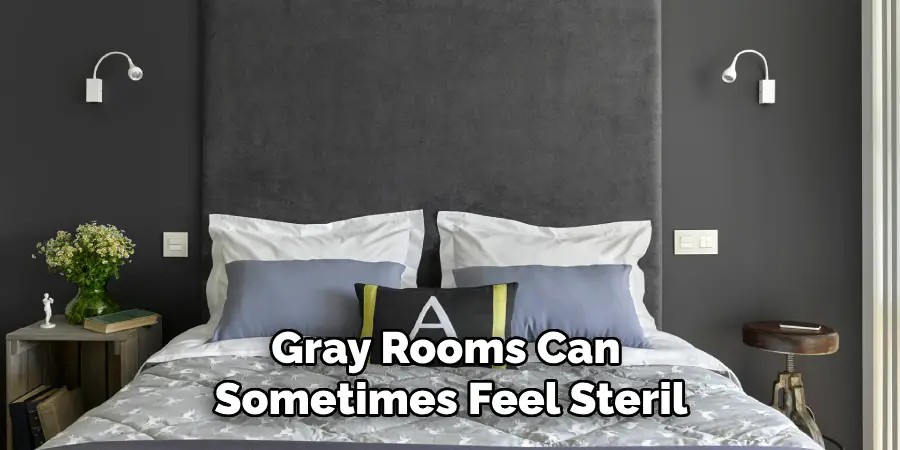
6. Add Plants and Greenery
Greenery brings life, color, and warmth into any room, particularly when set against a neutral gray backdrop. The vibrant green of houseplants adds a fresh, lively contrast to gray’s coolness, making the space feel more welcoming and organic. Whether you choose a large floor plant like a fiddle-leaf fig or smaller potted plants to place on shelves and tables, the natural tones will bring warmth and energy. Not only do plants add a burst of color, but they also contribute to a sense of vitality and well-being.
Even a simple vase of fresh flowers can dramatically alter the mood of the room, softening the overall aesthetic while making the space more inviting.
7. Introduce Soft Fabrics
Soft fabrics can help counteract the coolness of gray and add warmth through tactile comfort. Choose plush materials like velvet, chenille, or wool for throw pillows, blankets, and curtains. These fabrics create a sense of coziness, which helps offset the coldness gray can sometimes bring. A velvet sofa in a jewel tone like deep red or emerald green paired with gray walls will immediately warm up the space and add luxurious depth. Sheer curtains in light, warm tones can also soften the hard edges of a gray room while allowing natural light to filter in.
8. Use Warm Artwork and Wall Decor
Another way to warm up a gray room is through the careful selection of wall art and decor. Art with warm colors such as yellows, oranges, and reds, or earthy tones like browns and beiges, can significantly affect the ambiance of the room. The artwork serves as a focal point that can bring warmth and personality to otherwise bare, cool-toned walls. Additionally, opting for frames in wood, brass, or gold further enhances the warm atmosphere. Beyond framed art, consider hanging woven tapestries, macramé, or other textile wall hangings.
9. Opt for Warm-Toned Curtains and Rugs
Gray walls paired with warm-toned curtains and rugs can significantly change the vibe of the room. Heavy, warm-colored curtains, like those in burnt orange, mustard yellow, or deep red, add a soft, cocooning effect to a space. They contrast beautifully with gray while filtering light in a way that warms the room. Similarly, rugs in earthy shades like terracotta, brown, or cream can anchor a room, bringing warmth from the ground up.
10. Incorporate Personal Touches
Personal touches are one of the most effective ways to make a gray room feel warmer and more inviting. Items like family photographs, cherished mementos, or travel souvenirs infuse the space with warmth through emotional connections. Gray, being neutral, allows personal items to stand out, creating a room that reflects your personality and memories. Displaying a collection of meaningful objects on a shelf or creating a gallery wall filled with photos and sentimental artwork can turn a gray room into a welcoming, warm environment.
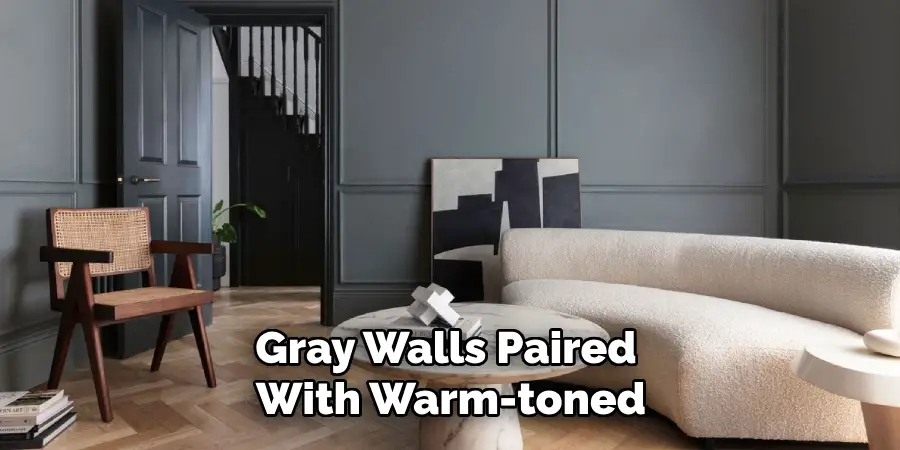
Conclusion
Creating warmth in a gray room involves harmoniously blending colors, textures, and personal touches to counterbalance the coolness of gray. By incorporating elements such as layered lighting, wooden furniture, lush greenery, soft fabrics, warm-toned artwork, and personal mementos, you can transform a seemingly sterile space into a cozy, inviting haven. Thanks for reading, and we hope this has given you some inspiration on how to warm up a gray room!

